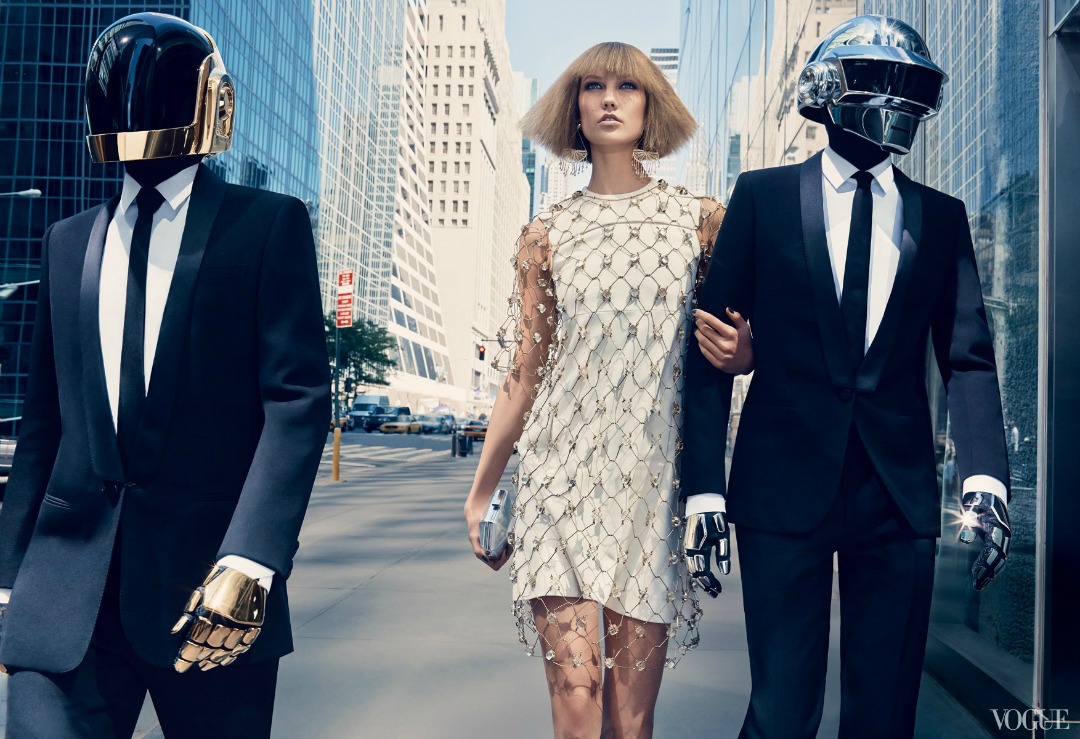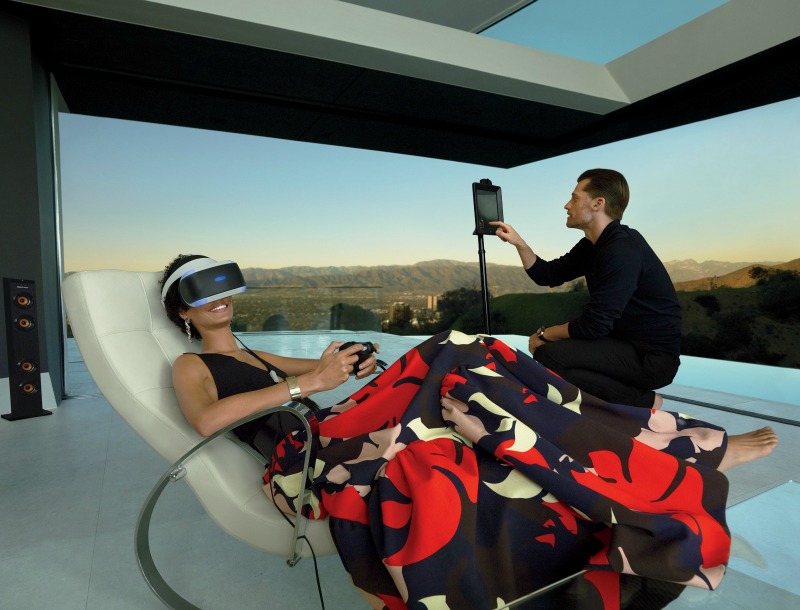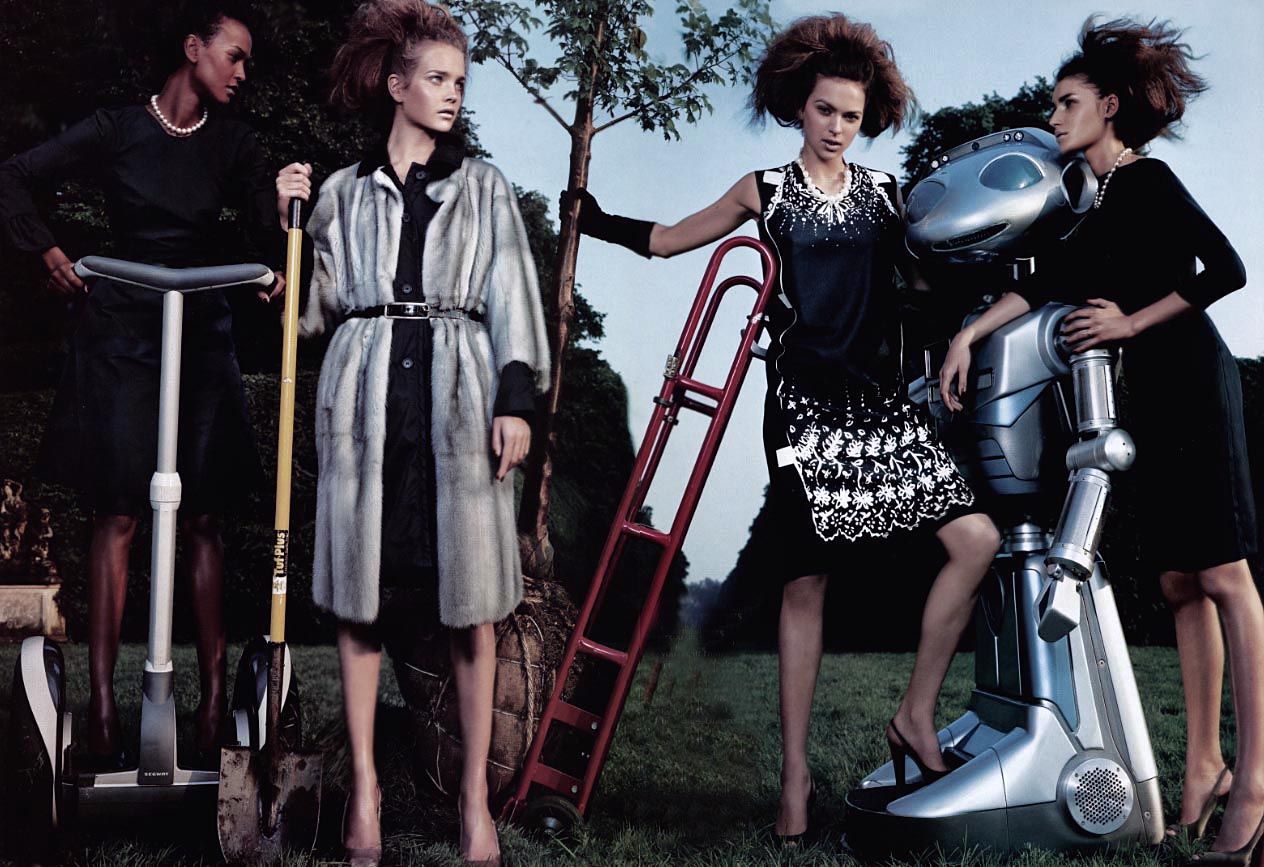
We can all relate to the way Uber radically changed the way we travelled from A to B, and in the same way, AI (Artificial Intelligence) is influencing major developments in the fashion industry.
These days, an increasing number of fashion brands are utilising the power of AI and using machine learning to conduct their business. AI is helping brands deliver more of what we want, when we want it.
Whether machine learning is helping labels predict which trends and styles will be popular, or which items to recommend to us while we’re shopping, the influence of the machine is real.
Artificial intelligence involves the training of the algorithms to predict shopper’s behaviour with a better level of accuracy. The system relies on patterns and parameters to continuously “learn” the best, and most likely outcomes.
These days, more and more websites are relying on AI to create super-accurate product feeds, and implement efficient product fulfilment. This helps businesses limit the risk and expenses associated with human error and human decision-making, so that only the most viable and most profitable solutions are offered.
While the advent of AI is clearly helpful to the brand, the consumer also stands to benefit from the improved shopping experience and faster cycle. (Of course whether the planet stands to benefit from the ease and speed of consumption is another matter, and a topic for another article.)
How Is Smart Technology Interrupting Fashion?

It’s all about fashion online
In 2016 online shopping reached the zenith. More than 51% of purchases that year were made online, with consumers officially buying more from their keyboards and smartphones than in physical stores. Those percentages have only increased since.
Fashion is getting smarter
Is your clothing connected? It’s 2019, and fashion has gotten smarter. From connected jackets to smart sports apparel, clothing is officially connected to the ‘internet of things’.
Our clothing can now help us navigate into our office in the morning, it may help us perform better, sleep longer, get fitter, or help us communicate with others.
Fashion is getting faster
Smart technology is now making it possible for manufacturers to design and release new items faster than ever before.
Advancements in the production process now allows retailers to produce smaller seasons or release “drops” all throughout the year. This has allowed smaller retailers to provide a greater and better range of designs that keep pace with changing tastes and trends.
Brands who are quick on their feet can ramp up the production of successful products while limiting their exposure to less successful ones.
The new speed and efficiency in the fashion supply chain has also given rise to a broad range of micro-seasons and various holiday offerings which weren’t possible beforehand.
Fashion is driven by artificial intelligence
The Fashion industry creates an overload of information. Luckily this is perfect for AI, which can track the buying patterns, colour preferences and the spending habits of consumers to its own advantage.
Data related to the common search term “sexy prom dresses” for instance, spits out masses of insights for designers and brands who all want to capitalise on the hottest new trend for the upcoming season.
Fashion is getting personal
One of the biggest challenges designers face is to do with the fit and sizing of their products. No two bodies are the same, and this causes major headaches for those in the business of making people look their best.
Smart technology now allows designers to offer greater size and fit variations in a single design, which can suit a wider variety of body shape.

The New Challenges Faced By Fashion Retailers
So you thought with the advent of AI, fashion retail would become a walk in the park? Think again! These are the common challenges facing fashion retailing in 2019 and beyond.
Brand loyalty is faltering –
The global marketplace puts everything at everyone’s fingertips, and consumers have more options to choose from than ever before. The process of building brand loyalty is much more challenging than ever.
The fashion industry is augmented by a virtual reality experience –
Imagine yourself walking virtually into a clothing store and being able to try on the garment with your smartphone. It’s happening. Brands that fail to adopt these technologies risk getting left behind!
AI “spoils” customers, who begin to demand a seamless experience –
It’s hard to go back to cattle class once you’ve travelled in First. Once customers get a taste of the new and improved shopping experience, it will be expected everywhere. Retailers who do not live up to customer expectations won’t survive.
Al bolsters online retailers leaving bricks and mortar behind –
Thanks to technology, online stores have an easier time of tracking what their customers are looking for. It’s also possible to see how long people will spend shopping, and when their tastes and preferences change. This gives online retailers a distinct competitive advantage over physical retailers.
Timing is everything –
The early adopters and the ones that have kept their fingers on the pulse of the future are in the best position to take advantage of it.

No Comments